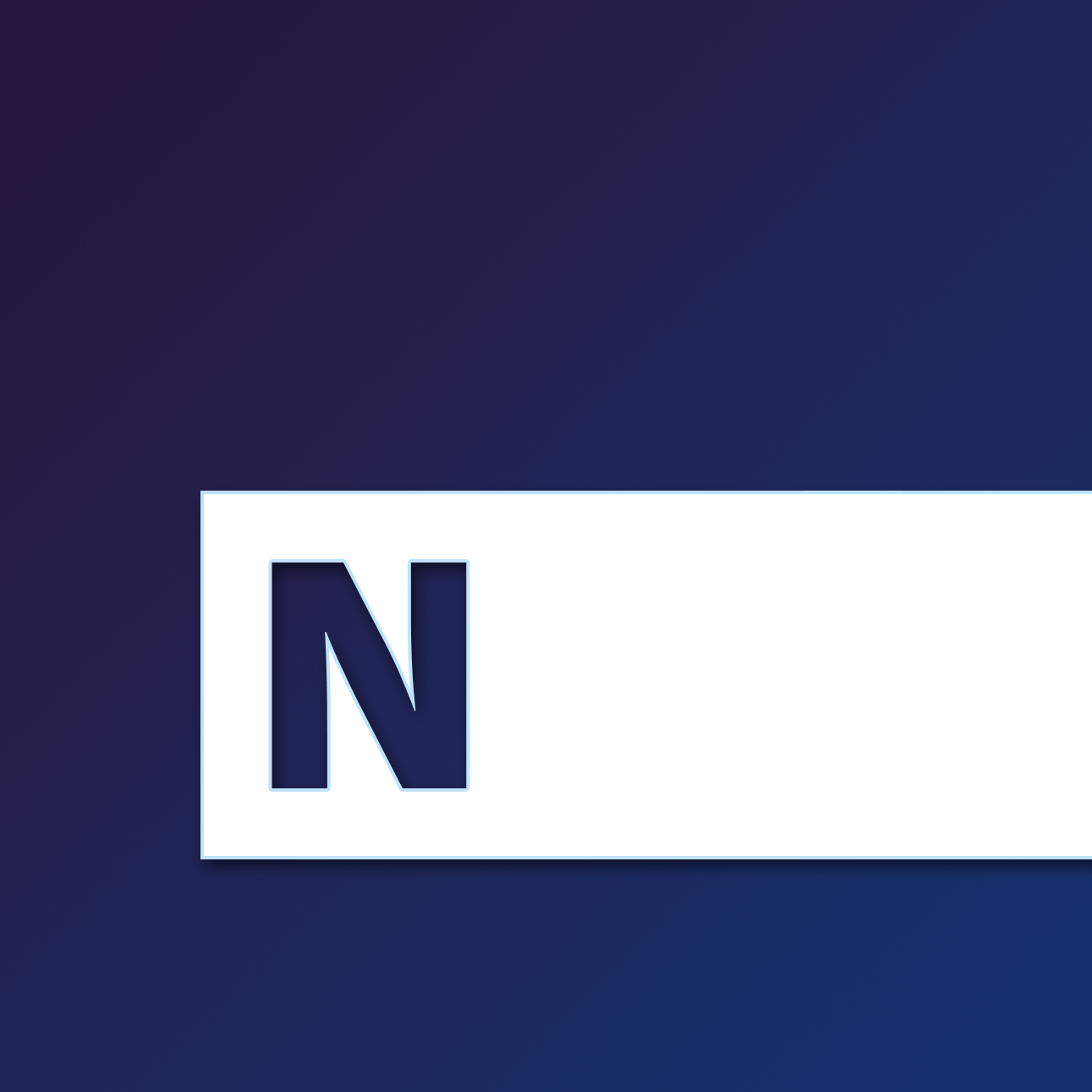01. ORM? Something about management or mapping, modeling.
Despite being just three letters, O, R, and M put in a specific order, they have the unusual property of having 30 meanings and definitions recognized and verified by Acronym Finder, adding up to 83 not verified by Acronym Attic. It is therefore possible to select from a variety of options.
It is to be started by Object Relational Mapping ou Object Relational Mapper, then comes the OSI (Open Systems Interconnection) Reference Model, and then Online Reputation Management: the influencing and controlling or concealing of an individual’s or group’s reputation. ORM could also stands for Outsourcing Relationship Management, Operational Risk or Resource Management, Object Role Modeling: a conceptual modelling approach that pictures the application world as a set of objects that play roles (parts in relationships, which may be unary, binary or higher order), Off-Route Mine, Optically Remote Module, Operations Response Management, Optimal Resource Mapping or Operational Rules Model.

Generally, the O denotes something operational or related to the operational side of something, and the M denotes Management, Module, or refers to the Manager position.
02. Let’s focus on Outsourcing Relationship Management
Here, I will stay on that particular definition of what is an ORM, i.e. a discipline used by businesses and public institutions to manage one or more outside service providers as part of an outsourcing strategy. As a result of the Sourcing Interests Group developing guidelines for its members in 1999, outsourcing relationship management became a distinct management discipline in corporate world, and numerous global industry groups, universities, consultancies, and software companies have offered their theories regarding outsourcing relationship management.
A former Chief Knowledge Officer at Information Services Group, a global technology research & advisory firm based in Stamford, Connecticut, published in 2010 an interesting article about that kind of management, mentioning the Carnegie Mellon eSCM (eSourcing Capability Model) for Clients, a framework developed by ITSqc at Carnegie Mellon University in order to improve the relationship between IT Services providers and their customers, as the first time an academic view of the business standards needed to manage outsourcing as a business relationship.
What we’ve learned over the years is that these management practices apply regardless of the service outsourced. This model has been implemented in HR benefits, call centers, IT infrastructure, and Application Development & Maintenance engagements and these best practices have applied across the board.
Cynthia Batty, ISG
Outsourcing is when a company hires another company to handle a planned or existing activity that could have been done internally, and sometimes involves the transfer of workers and assets from one firm to another. She tells us which departments are involved with ORM, and that there is a way to handle outsourcing as a business relationship with four major categories of business management processes, together considered to be ORM’s scopes:
- Contract Management – Ensuring compliance with the contract deliverables and obligations
- Financial Management – Validating and managing costs, ensuring value is achieved
- Performance Management – Ensuring the right work is done – and done right
- Relationship Management – Governance, satisfaction, and direction setting
Information Technology Enabled Service (ITES-BPO) and Knowledge process outsourcing (KPO) are some of the sub-segments of Business Process Outsourcing (BPO), itself a subset of Outsourcing.

03. ORM dedicated softwares are rare.
The strange thing about our current digital, full-software world is that you will not find any software or specialized tools that support in its whole the practice of ORM. In contrast to the accounting software mentioned in this post, the human resources software mentioned in this other post, groupware or office suites, you won’t easily find any brand or name of software devoted to that kind of management, and even fewer top 10 lists of ORM solutions.
On the other hand, you will find a market where consulting companies, experts and ORM consultants are competing. They will suggest various tools to buy or to use in combination, in order to optimize this type of management. Among the services they can provide is “outsourcing relationship management“. If you have five minutes, you can check these two ORM activities describing publications, from two actors in this field, Heloo and Hudson Software Corporation.
It seems that they are focused on customer service, quality assurance, technical solutions integration, and workforce management, but any activity in an organization could be outsourced. There is unfortunately no specific software name to quote or recommend here.
As discussed in this post, Customer Relationship Management (CRM) has more tangible tools and programs available, making it a good candidate for CRM Outsourcing, a combination of ORM and CRM. In addition to pros and cons, there are many articles about it on the internet and recommendations from advisers. Here is one publication that you may read if you have a few minutes to spare.

Share this elsewhere:
Arnaud M. Lagardère
As a self-taught frontend programmer, Arnaud founded timeNough Europe Inc. in December of 2021 with his best friend Benjamin Caumeil. Veteran of 11 years in IT systems and as much experience using enterprise software, he discovered where these products failed on usability and comfort for users. He started to develop his own human-centric solution in 2016, for now selling it to corporations.
Related Posts
20 August 2022
Using an ERP to manage an entire organisation
This may sound strange for a simple acronym if you take the Enterprise Resource…
21 December 2021
Software answers to SCM: Supply Chain Management
Supply Chain Management software provide real-time analytical systems that…
19 December 2021
How to approach Business Intelligence in five minutes
Business Intelligence analyzes enterprise data and uses dashboards and other…




